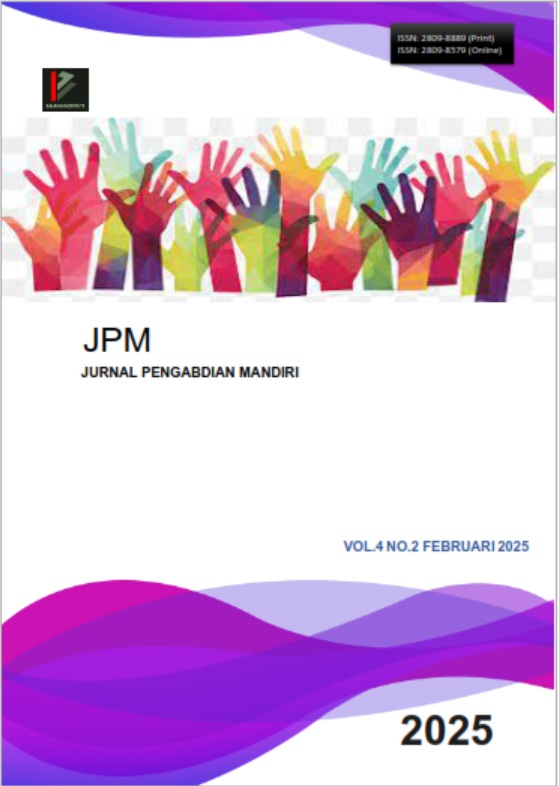POTENSI SENYAWA FLAVONOID TERHADAP PENYAKIT DIABETES MELITUS
DOI:
https://doi.org/10.53625/jpm.v4i2.9811Keywords:
Flavonoids, Diabetes Mellitus, Hypoglycemic, Antioxidant, Medicinal PlantsAbstract
Diabetes mellitus is a chronic metabolic disease characterized by hyperglycemia due to impaired insulin secretion or function. Pharmacological management of diabetes often has side effects, making it necessary to explore safer and more effective alternative treatments. Flavonoid compounds, which are widely found in medicinal plants, have demonstrated various pharmacological activities, including antioxidant, anti-inflammatory, and hypoglycemic effects. Recent studies have revealed that flavonoids can act through multiple mechanisms, such as enhancing insulin sensitivity, inhibiting carbohydrate-digesting enzymes, and protecting pancreatic β-cells from oxidative damage. Therefore, the potential of flavonoids in diabetes management is an intriguing topic for further research. The objective of this activity is to provide knowledge about the role of flavonoids in preventing and managing diabetes mellitus. This activity was conducted on Saturday, June 8, 2024, using an educational or direct lecture method for the community residing in Perum Citra Permata Mandiri, Jl. Kristal Blok E7 No. 34-35, Regency, Cikampek Utara, Karawang, West Java. Based on the results of this community service activity, all participants who attended at Perum Permata Mandiri demonstrated a good understanding of the role of flavonoids in the prevention and management of diabetes mellitus
References
American Diabetes Association. (2022). Standards of Medical Care in Diabetes—2022. Diabetes Care, 45(Suppl 1), S1–S264.
DeFronzo, R. A., Ferrannini, E., Groop, L., Henry, R. R., Herman, W. H., Holst, J. J., & Weiss, R. (2015). Type 2 diabetes mellitus. Nature Reviews Disease Primers, 1, 15019.
Forouhi, N. G., & Wareham, N. J. (2019). Epidemiology of diabetes. Medicine, 47(1), 22-27.
Kumar, S., & Pandey, A. K. (2013). Chemistry and biological activities of flavonoids: An overview. The Scientific World Journal, 2013, 162750.
Panche, A. N., Diwan, A. D., & Chandra, S. R. (2016). Flavonoids: an overview. Journal of Nutritional Science, 5, e47.
World Health Organization. (2021). Global report on diabetes. WHO Press.
Downloads
Published
How to Cite
Issue
Section
License
Copyright (c) 2025 JURNAL PENGABDIAN MANDIRI

This work is licensed under a Creative Commons Attribution-NonCommercial-NoDerivatives 4.0 International License.











